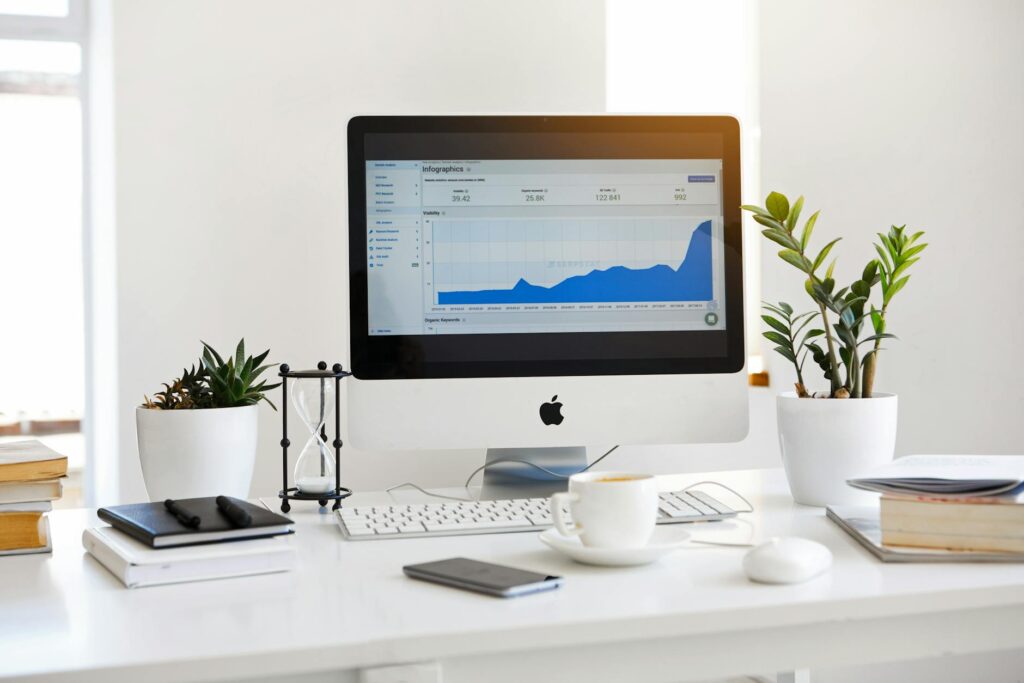What is real-time productivity analytics?

What is real-time productivity analytics?
In today’s fast-paced work environment, staying efficient and productive can feel like a juggling act. That’s where real-time productivity analytics comes into play. This innovative approach offers immediate insights into how we work, helping individuals and teams optimize their productivity. By harnessing the power of real-time data, we can enhance our efficiency, make informed decisions on the fly, and ultimately drive better outcomes in our professional lives.
Understanding Real-Time Productivity Analytics
To fully appreciate the significance of real-time productivity analytics, it’s essential to grasp its core components.
Definition and Importance
Real-time productivity analytics refers to the collection and analysis of performance data as it happens. This allows organizations to monitor productivity metrics and employee performance in real-time. Why is this crucial? Because traditional analytics often provide insights after the fact, making it challenging to adjust strategies promptly. With real-time analytics, teams can make swift decisions based on current data, boosting efficiency and responsiveness.
Core Components
Several key components define real-time productivity analytics:
-
Data Collection: This involves gathering data from various sources, such as project management tools, communication platforms, and work logs. The variety of data collected provides a comprehensive view of productivity.
-
Real-Time Dashboards: These visual tools present data in an easily digestible format, enabling teams to see metrics at a glance. Dashboards often include graphs, charts, and other visual aids that highlight productivity trends.
-
Reporting: While real-time data is essential, the ability to generate reports based on this data is equally important. These reports can help identify patterns and inform future strategies.

Photo by Serpstat
Benefits of Real-Time Productivity Analytics
Implementing real-time productivity analytics offers several advantages that can transform how organizations operate.
Improved Decision-Making
When data is available in real-time, managers can make quick, informed decisions. For instance, if a project is lagging, analytics may reveal if team members are overwhelmed or if resources are misallocated. This immediate insight allows for timely interventions, ensuring projects stay on track. As seen in the article on unlocking productivity through real-time data, organizations that leverage real-time analytics experience enhanced agility in their operations.
Enhanced Time Management
Real-time analytics can empower individuals to prioritize tasks effectively. By understanding which activities consume the most time, you can focus on what’s truly important. Imagine receiving instant feedback on task durations—this allows for smarter scheduling and reduced wasted time. Tools like Insightful provide powerful workforce analytics that highlight how time is spent, thus fostering better time management.
Increased Accountability
Transparency in productivity data fosters accountability among team members. When everyone can see real-time metrics, it becomes easier to identify who is meeting objectives and who might need assistance. This encourages a culture of responsibility, where team members feel motivated to contribute their best.
Tools and Technologies for Real-Time Productivity Analytics
Choosing the right tools can significantly enhance your approach to real-time productivity analytics.
Software Solutions
Numerous software solutions specialize in real-time productivity analytics. Some prominent ones include:
- ActivTrak: A comprehensive tool that provides insights into team productivity and employee engagement.
- Teramind: This platform focuses on workforce productivity analytics, offering detailed insights into employee behavior.
- Flowtrace: Known for its ability to uncover team workflows and processes, helping businesses understand what works and what doesn’t.
Integration with Other Systems
Integrating productivity analytics tools with other workplace systems, such as project management and communication platforms, is vital for maximizing their effectiveness. This integration ensures a seamless flow of data, enabling more accurate analytics and comprehensive insights.
Implementing Real-Time Productivity Analytics in Your Workflow
Integrating real-time analytics into your daily operations doesn’t have to be daunting. Here are actionable steps to get started.
Setting Clear Goals
First things first—define specific productivity goals. What are you aiming to achieve? Whether it’s reducing project completion time or increasing team output, having clear objectives will guide your analytics efforts.
Choosing the Right Metrics
Selecting the appropriate metrics is crucial. These should accurately reflect productivity levels within your team or organization. Consider metrics like task completion rates, time spent on tasks, and employee engagement levels.
Regular Review and Adjustment
Finally, establish a routine for reviewing your analytics data. Regularly assess the information gathered and adjust your strategies accordingly. This iterative approach ensures that you remain agile and responsive to changing circumstances.
Conclusion
Real-time productivity analytics is a transformative tool that can significantly enhance how we work. By embracing this approach, we can make informed decisions, manage our time more effectively, and foster a culture of accountability. As organizations adapt to the evolving work landscape, integrating real-time analytics into everyday workflows is not just beneficial; it’s essential. So, if you’re looking to boost your productivity, consider implementing these strategies today.